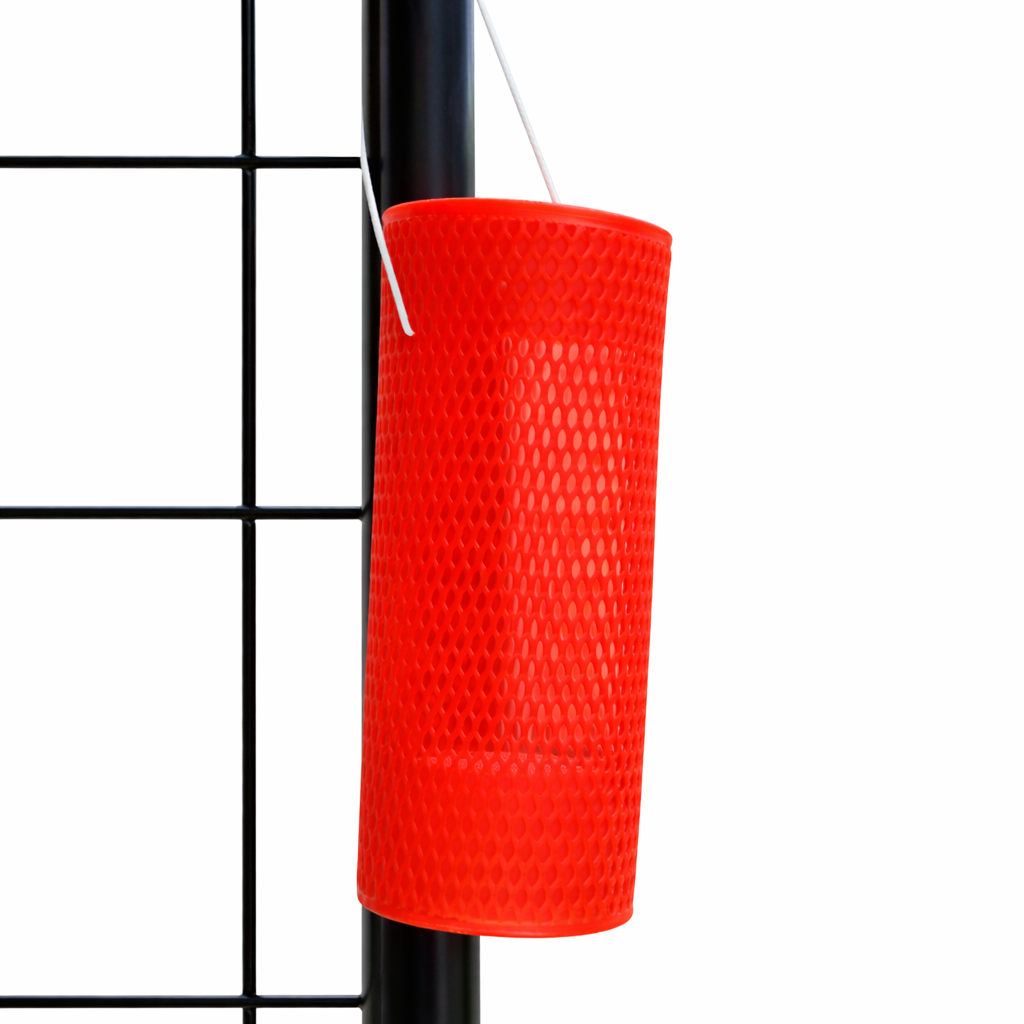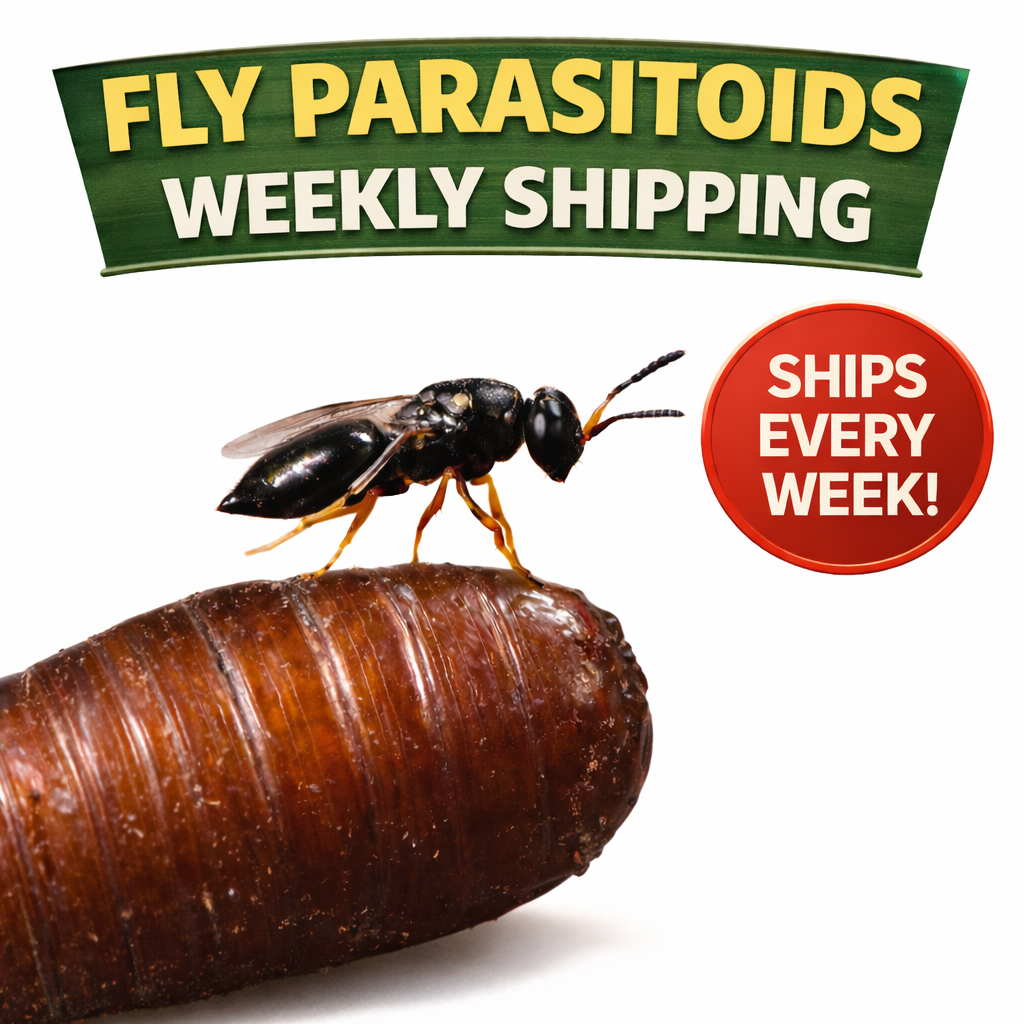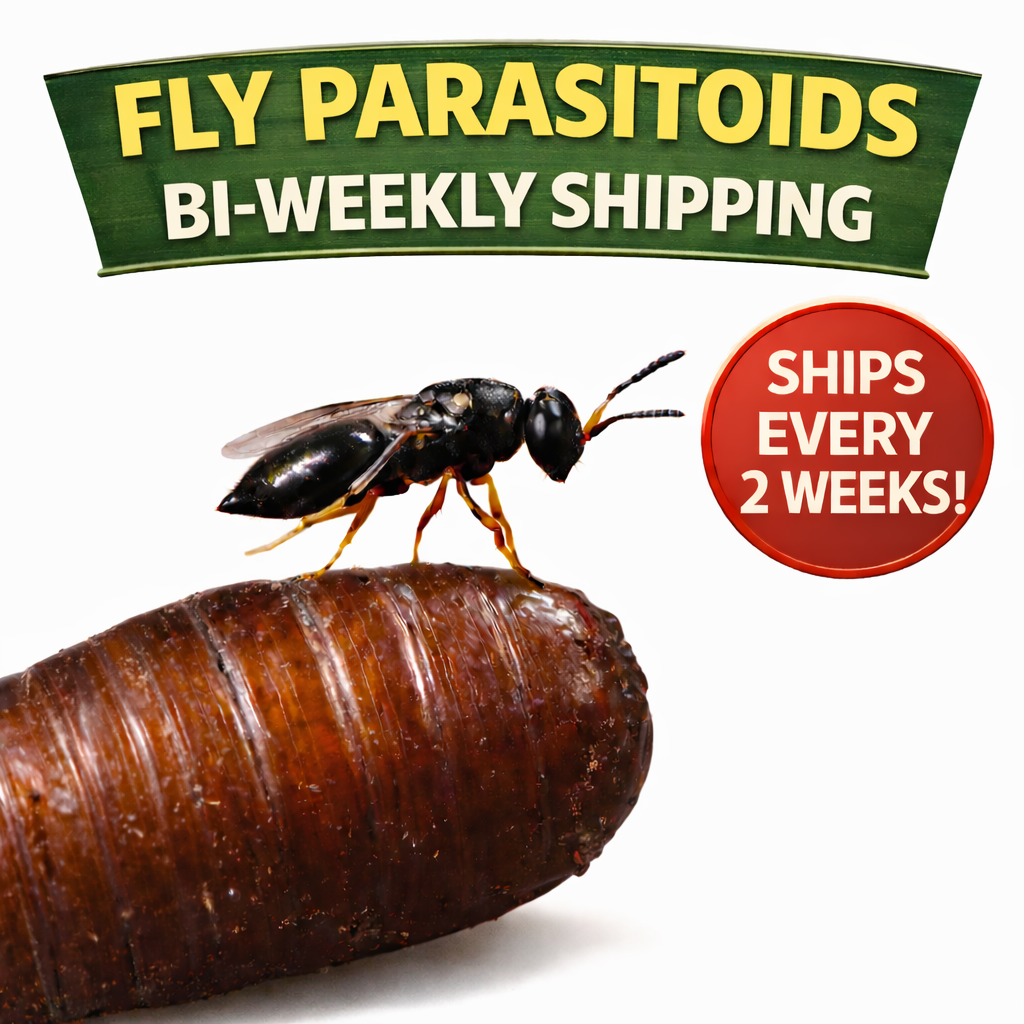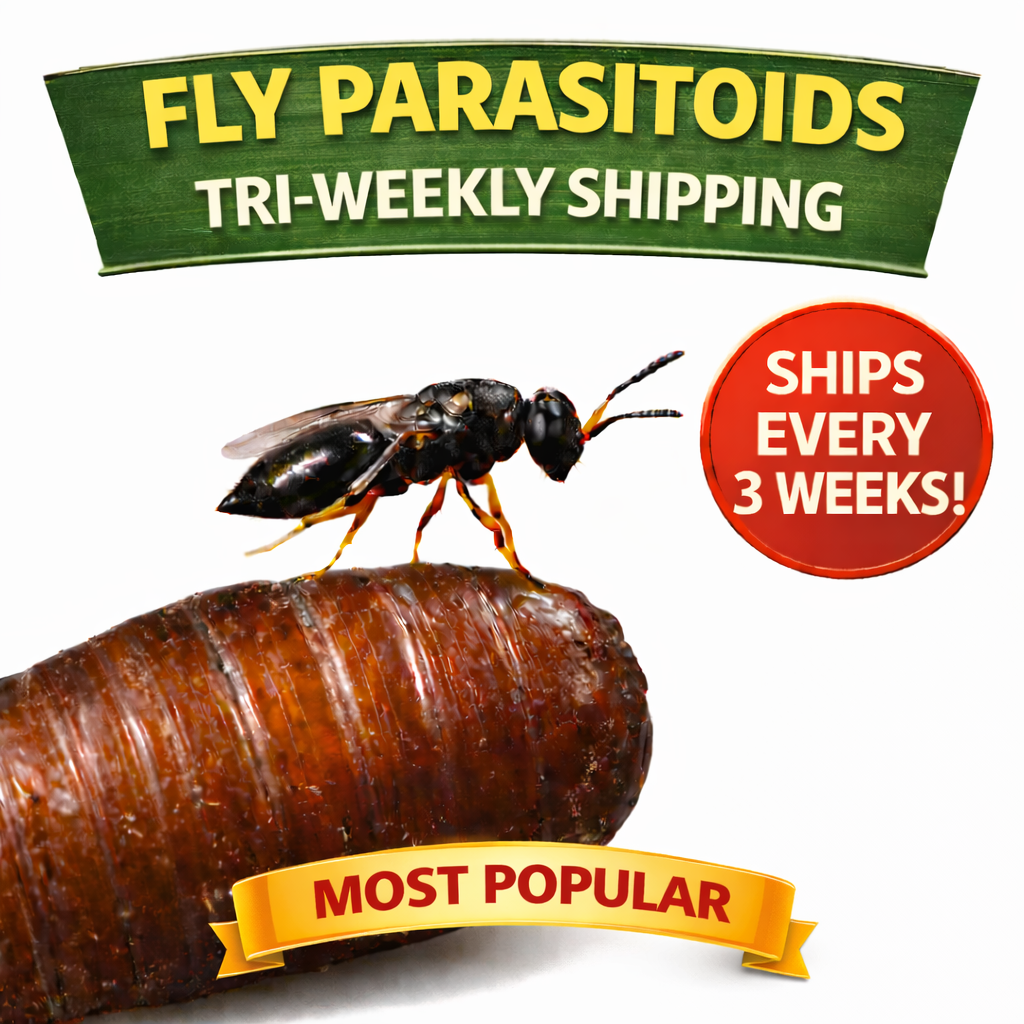Fly Control
Early fly control is always easier and more successful than trying to manage a population once it has gotten out of control. As flies emerge, regular fly parasite releases, combined with adult fly trapping, fungal fly spray, and reducing fly breeding habitat, create an effective, economical fly control program.
Fly parasites
(single Order)
Fly Parasite release station
Fly Parasites
(weekly)
balence fungal fly spray
Fly parasites (every 2 weeks)
bucket fly traps
Fly parasites (Every 3 weeks)
starbar Fly Bait
Additional Information
using Beneficial fly parasitoids
Steps for successful management of flies











